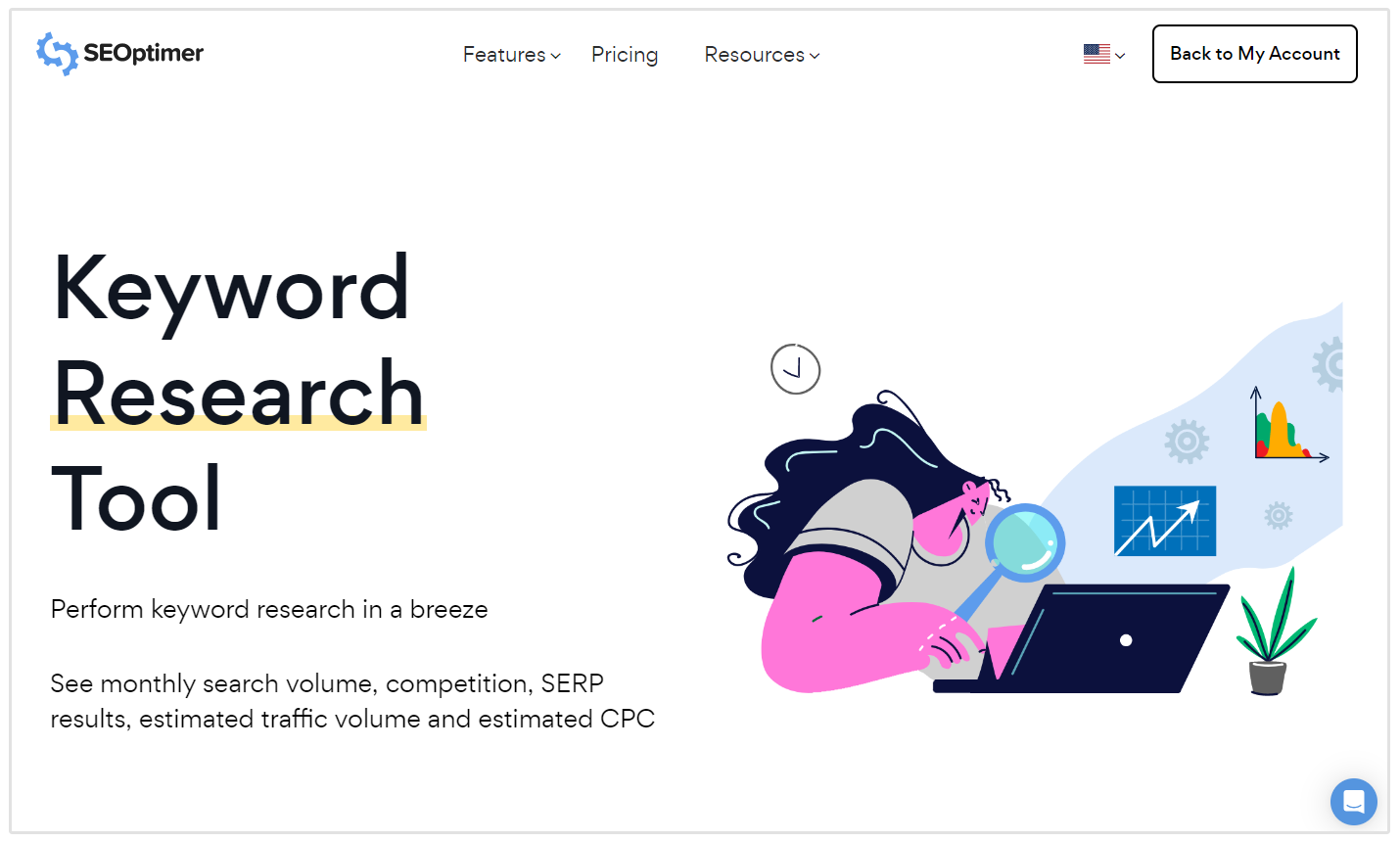Checking out the Principle of Secondary Dimensions in Google Analytics: Interpretation and Strategic Application
Checking out the Principle of Secondary Dimensions in Google Analytics: Interpretation and Strategic Application
Blog Article
Unveiling the Influence of Secondary Measurement in Google Analytics on Information Analysis and Insights
In the realm of data analytics, the usage of additional dimensions within Google Analytics has arised as a pivotal tool for removing much deeper understandings and unraveling facility patterns that could otherwise stay obscured. By peeling off back the layers of primary information sets, secondary dimensions use a nuanced perspective that enriches the understanding of user habits, site efficiency, and the performance of advertising and marketing strategies.
Exploring the Principle of Secondary Measurements
Additional dimensions in Google Analytics give additional insights by permitting customers to examine primary information together with a secondary characteristic. This attribute allows a more comprehensive understanding of the main information by adding one more layer of information for analysis. By including second measurements, customers can dig much deeper into the data and reveal beneficial relationships that might otherwise go unnoticed. As an example, by coupling the key data of website web traffic with second dimensions like demographics or behavior, marketing experts can obtain an extra thorough sight of their audience and customize their techniques appropriately.
By exploring the different additional measurements offered in Google Analytics, individuals can open brand-new insights and enhance their digital advertising efforts. In essence, secondary dimensions serve as a powerful tool for boosting information evaluation and driving actionable results.
Enhancing Information Interpretation With Secondary Dimensions
Having actually established the fundamental understanding of second measurements in Google Analytics and their essential function in information evaluation, the emphasis currently moves in the direction of leveraging these additional credit to boost the interpretation of analytics data (what is a secondary dimension in google analytics). By including second dimensions into information analysis, experts can acquire deeper understandings into user habits, site efficiency, and advertising and marketing efficiency

Additionally, secondary dimensions aid in contextualizing key information metrics by supplying extra layers of information. This contextualization help in recognizing the 'why' behind the information fads, assisting experts make notified optimizations and choices to enhance overall efficiency. Eventually, incorporating second dimensions enriches the information interpretation procedure, bring about even more calculated activities and significant insights.
Discovering Hidden Insights Through Second Measurements
Discovering the midsts of analytics information with additional measurements discloses valuable understandings that would certainly otherwise remain covered. By including additional dimensions in Google Analytics, companies can unearth covert patterns, fads, and correlations that provide a more extensive understanding of customer behavior and website efficiency. These additional layers of data allow experts to delve much deeper right into the primary dimensions, such as website traffic resources or landing pages, and get a more nuanced point of view on just how different variables engage with each other.
Through using second measurements, experts can sector and compare data throughout different measurements, allowing them to identify certain variables that affect user interaction, conversion rates, and general success metrics. By combining the primary measurement of 'tool category' with the additional dimension of 'age group,' marketing professionals can determine which age demographics prefer accessing the site with mobile gadgets versus desktop computers. This level of granularity encourages companies to make data-driven decisions and maximize their strategies for much better outcomes. Inevitably, discovering covert understandings with second measurements enhances the deepness and precision of data analysis, leading to more educated decision-making and enhanced efficiency outcomes.
Leveraging Additional Dimensions for Actionable Analytics
Structure upon the insights unveiled through additional dimensions in Google Analytics, companies can now harness this enriched data landscape to drive workable analytics and calculated decision-making. By leveraging additional dimensions, organizations can delve deeper right into their information to extract important patterns, patterns, and relationships that may have previously gone unnoticed. This deeper level of analysis enables companies to get a much more comprehensive understanding of customer actions, project performance, and total website effectiveness.
One key benefit of making use of additional dimensions for actionable analytics is the capability to sector data based upon particular criteria. This segmentation enables businesses to tailor their techniques and projects to various audience groups, causing extra targeted and effective advertising and marketing initiatives - what is a secondary dimension in google analytics. Additionally, additional measurements provide a more alternative sight of individual interactions, making it possible for companies to maximize their web site web content, design, and general individual experience
Making The Most Of Decision-Making With Secondary Measurements
To boost tactical decision-making in analytics, leveraging secondary measurements in Google Analytics can provide a more nuanced point of view on individual habits and project performance. By including additional measurements right into data analysis, businesses can dig deeper into the specifics of their site visitors' communications and engagement patterns. This additional layer of details permits an extra comprehensive understanding of exactly how different variables, such as demographics, devices, or traffic resources, influence vital performance indications.

Verdict
To conclude, the usage of additional dimensions in Google Analytics plays an essential role in enhancing information evaluation this website and revealing covert insights. By discovering this concept, one can obtain a deeper understanding of individual behavior and make notified choices based upon actionable analytics. Leveraging secondary dimensions enables an extra thorough interpretation of data and takes full advantage of the effectiveness of decision-making procedures.

Report this page